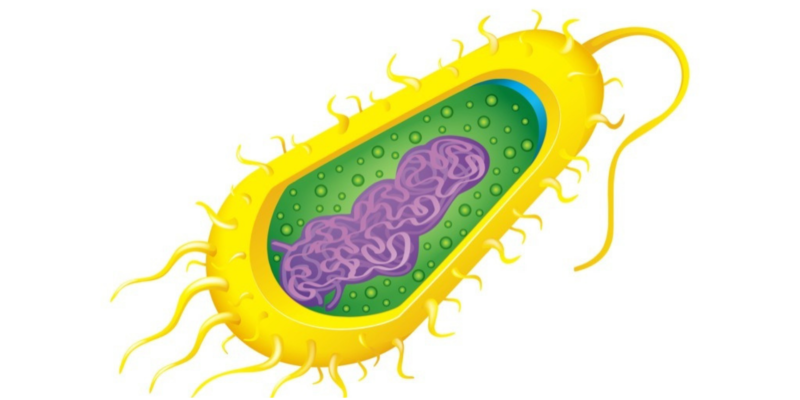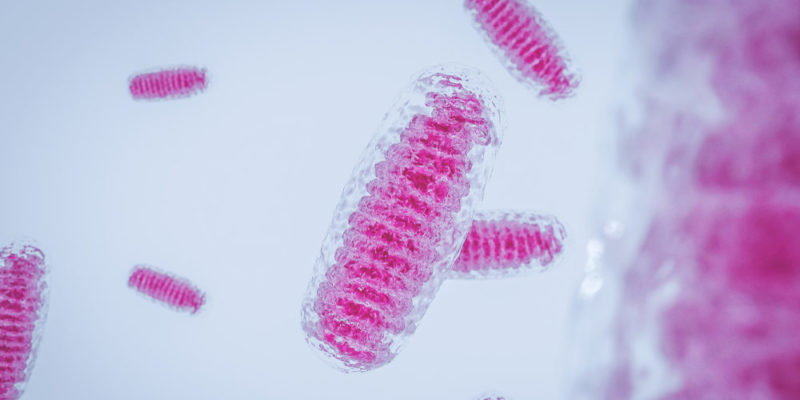We explain what the cytoplasm is, its discovery and what the cytoplasmic matrix is. In addition, its general characteristics and composition.
What is the Cytoplasm?
The cytoplasm is the internal environment of the cell . It is a colloidal system of gelatinous and heterogeneous consistency, composed of organelles and hyaloplasm. It is located between the cytoplasmic membrane and the cell nucleus .
The function of the cytoplasm is to communicate the internal environment of the cell with the external one . Next, we present its main characteristics.
Discovery of the cytoplasm

Who discovered the cytoplasm was the scientist Robert Hooke in the year 1665 . He observed the cytoplasm through the microscope and it gave him the sensation of seeing a honeycomb through the microscope.
Word origin cytoplasm
It means plasma or forming substance . Previously this cytoplasm was known as protoplasm.
Cytoplasmic matrix
It constitutes the very center of the cytoplasm . Within this matrix, the largest number of changes and functions produced by the cytoplasm are generated.
Presence of cytoplasm

The cytoplasm is found in both eukaryotic and prokaryotic cells . But it is within eukaryotic cells that this cytoplasm is made up of:
- Smooth endoplasmic reticulum.
- Rough endoplasmic reticulum. It is present in eukaryotic cells. Not in prokaryotes.
Variations of the cytoplasm
This state can not only vary from one organism to another but can also vary from one cell to another within the same organism.
Cytoplasmic membrane
Two types of cytoplasm can be distinguished.
- Ectoplasm. The one that is closest to the outermost membrane.
- Endoplasm. Portion of cytoplasm that is closer to the inner part.
Composition of the cytoplasm
It is made up of two parts:
- cytosol. Colloidal matrix that supports the cellular organs. Make up the internal environment. It is made up of fluid and protein .
- cytoskeleton. It is a structure made up of protein filaments. Its function is to maintain the structure of the cell and facilitate its movement. Within the structure of the cytoskeleton, the filaments that compose it can be of different classes:
- Micro tubules. Hollow and rectilinear cylindrical structures. They are made up of proteins called tubulin heterodimenes. These proteins can be, in turn, alpha or beta, they join together and form the tubular structure called microtubule. There are some microtubules that are stable (and are always found within the cytoplasm) and others that are not always present. These are called temporary.
- Actin filaments. It is a thinner structure. It is made up of chains. Each chain is known as an actin (protein) monomer.
- intermediate filaments. They have an intermediate thickness, hence its name. It is the most heterogeneous of the 3. There are different types of intermediate filaments. Among the best known are keratins or neurofilaments.
Action of temperature on the cytoplasm
Changes in cell temperature can change the physical state of the cytoplasm . In this way it can become more or less solid according to the needs of the cell.
What is the function of the cytoplasm?
The cytoplasm allows the cell to retain its shape . It occupies most of the cell. It also provides elasticity to the cell. It serves as a support but it is also a means of communication for the cell. It must contain enzymes , RNA, and other cell substances.
Components of the cytoplasm

Within the cytoplasm there are different elements that fulfill various functions:
- cell organelles. They are structures that have different functions within cells.
- Water. 80% of the cytoplasm is water .
- Mitochondria. Provides energy to the cell.
- Golgi apparatus . Send the cell parts to the corresponding sector.
Veronica is a culture reporter at Collaborative Research Group, where she writes about food, fitness, weird stuff on the internet, and, well, just about anything else. She has also covered technology news and has a penchant for smartphone stories. .
Leave a reply
Your email address will not be published. Required fields are marked *Recent post

Sport: What Is It, Types, Risks, Features, Characteristics and Examples

Dogs: Emergence, Features, Characteristics, Feeding and Breeds

Story: Definition, Elements, Structure, Features and Characteristics

